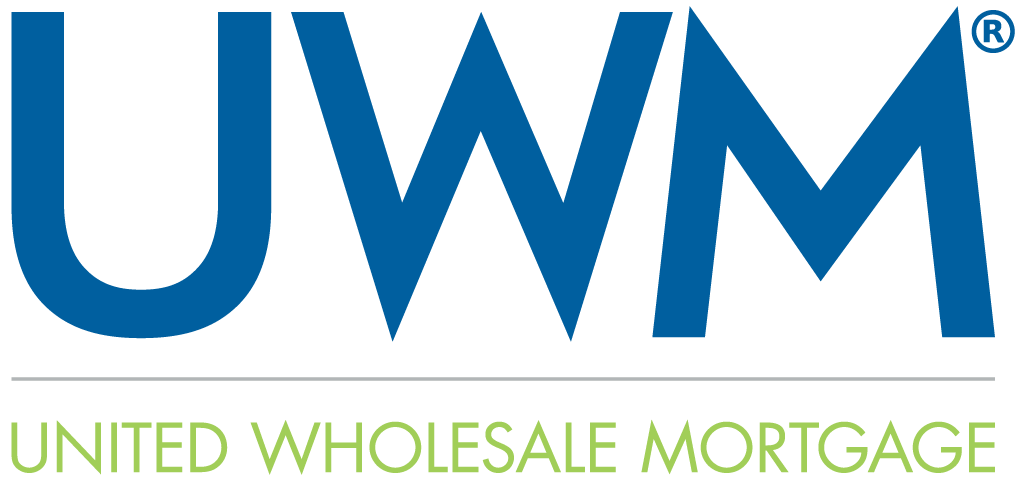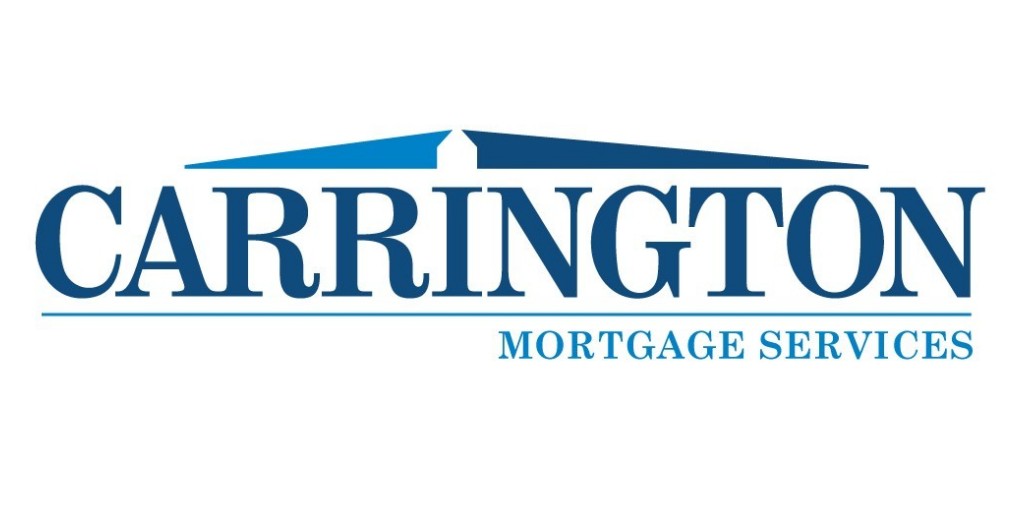A USDA Home Loan from the USDA loan program, also known as the USDA Rural Development Guaranteed Housing Loan Program, is a mortgage loan offered to rural property owners by the United States Department of Agriculture
* No Down Payment Required
* Ability to roll in MI for low closing costs
* Streamline and Streamline Assist programs available
USDA Home Loans have Maximum Household Income Limits which vary by the County you purchase a home in. The Maximum Household Income Limits are based upon everyone in the home who is a wage earner, even if their income is not going to be used to qualify for the USDA Loan.
USDA loans are typically available to those who meet the following qualifications:
– Geographic — Must purchase a home in a USDA-eligible rural area (most areas outside major cities are eligible)
– Income limits — Household income must be at or below 115% of the area’s median income
– Credit score — A credit score of 640 or higher is typically required (although some lenders may accept lower scores with compensating factors)
– DTI — A debt-to-income ratio of 41% or less (higher DTI may be acceptable with compensating factors)
– Work history — 1-2 years of consistent employment history. Two years typically required if self-employed
– A qualifying home — The home you’re buying must meet USDA property standards and serve as your primary residence — not a vacation home or investment property
Most of these are general guidelines, and home shoppers should get a full qualification check and pre-approval letter from a USDA lender. Many buyers are eligible, but don’t know it yet.
A USDA loan is a home loan backed by the U.S. Department of Agriculture as part of its Rural Development Guaranteed Housing Loan program.
“Backing” a mortgage means insuring the lender. If a USDA loan borrower defaults, then USDA will protect the lender from taking huge losses on the loan.
With this kind of insurance behind a borrower, lenders can offer competitive loan rates while requiring no down payment. This helps fulfill USDA’s goal of increasing homeownership for lower-income buyers in rural areas.
To help fund the USDA loan program, borrowers pay for mortgage insurance. This comes in two separate parts:
– USDA guarantee fee — 1% of the loan amount. This fee is technically due at closing but most borrowers finance it into the loan amount instead
– USDA annual fees — 0.35% of the loan amount due each year. This fee is divided into 12 installments and collected as part of the loan’s monthly payments
USDA’s geographic requirement might sound restrictive. After all, not everyone wants to own a home in a rural area.
In reality, though, USDA’s definition of ‘rural’ is pretty loose. About 97% of the U.S. land mass meets the USDA’s standard for a “rural area.” Many suburban as well as rural neighborhoods qualify.
If you are buying outside a major city, it’s worth checking into your area’s USDA eligibility status.
USDA and FHA loans each have pros and cons. Generally, FHA loans work better for people with lower credit scores. However, FHA loans require at least 3.5% down while USDA loans can offer zero down payment. Unlike USDA loans, FHA does not set geographic or income limits.
Yes, USDA can lower the barriers to homeownership by offering no down payment loans and less stringent credit requirements compared to conventional loans — all while still offering competitive loan rates.
No, but many do. USDA — like FHA and VA — is a widely used mortgage program.
No, but your mortgage underwriters will cap your loan size based on your credit profile and ability to make payments.
In most cases you need a FICO score of 640 or higher to get USDA loan approval. However, some lenders can make exceptions, especially if you have a low debt-to-income ratio (DTI). Be sure to check your credit report before applying so you can dispute inaccurate credit data which can pull down your score.
You’d need to pay off the loan or refinance it to a non-USDA mortgage. Refinancing into a conventional loan lets homeowners stop paying mortgage insurance premiums if they own at least 20% of the home’s value as equity.
No. The USDA loan program requires borrowers move into the home within 60 days of closing and use it as a primary residence throughout the loan term.
A USDA guaranteed loan means the U.S. Department of Agriculture will insure your lender against financial losses if you default on the loan. This insurance — funded in part by the mortgage insurance premiums borrowers pay — helps the lender offer more competitive rates to borrowers.
Few home buyers have heard of the USDA loan program. And those who have may assume USDA loans are only for farms or homes that are too far removed from civilization.
On the contrary, USDA mortgages are for regular homes in small towns and suburbs, and for people with moderate income.
Check your eligibility with a USDA-approved lender. You may be able to become a homeowner sooner than you thought possible.













